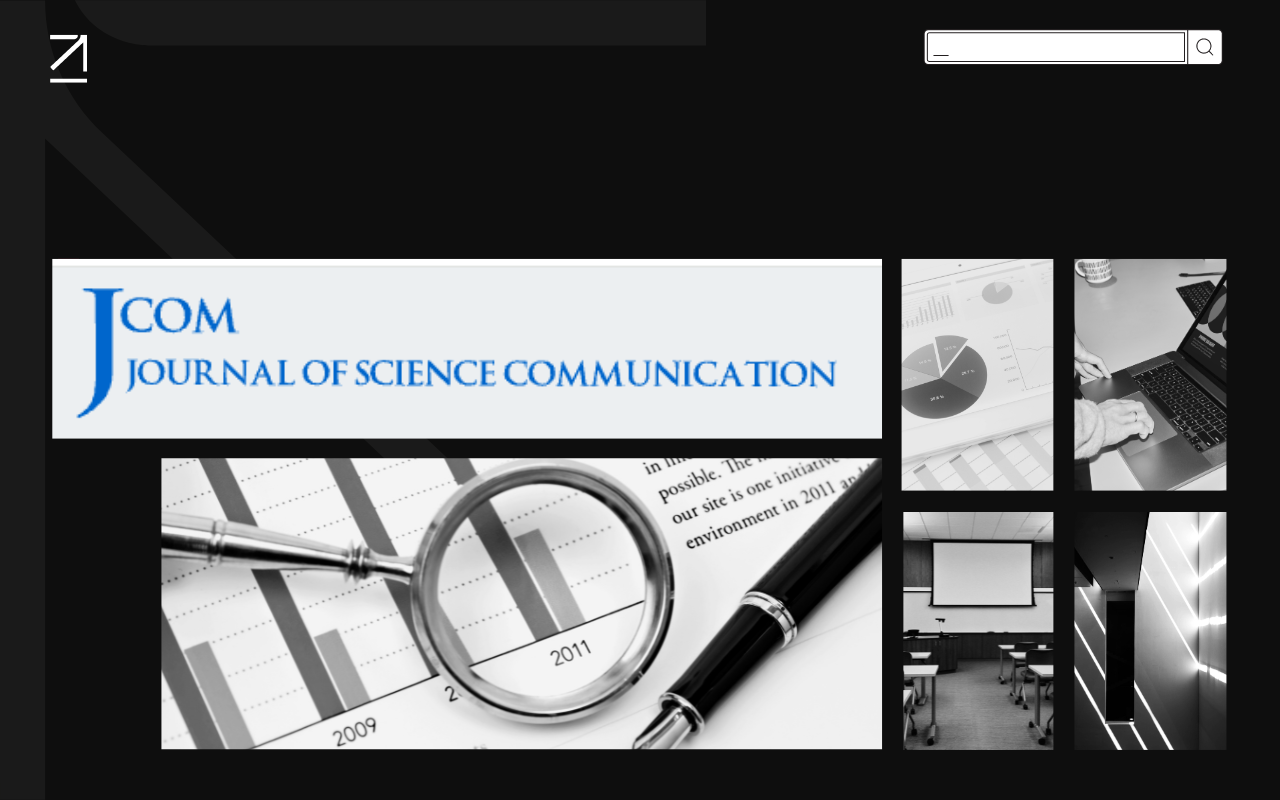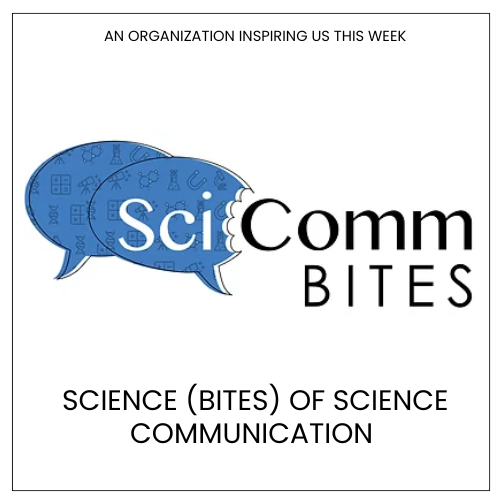Civic Science Observer
Authors of a new study share the lessons learned from examining the sharing of #SciArt on Twitter

State-wide curfews, mask mandates, and a race for a vaccine, were all prominent topics in the media amid the COVID-19 pandemic. But science art makers on Twitter (now known as X) had something else on their minds—dinosaurs.
By tracking the use of the hashtag #SciArt on Twitter, researchers were able to log the different themes promoted in scientific art on the platform as well as the different ways users interacted with the posts. They found that above all else, #SciArt was tied to dinosaurs more than any other topic in science.
The four year-long study, published last month in the Journal of Science Communication, investigated these trends in an attempt to better understand how art as a form of science communication was used in the media. Contrary to other forms of science communication, art has been found to increase the accessibility of scientific knowledge to a wider audience, which motivated the team to focus specifically on this tactic.
“If you want to use art or social media to engage people, you need to know how they interact with it,” Thomas Merritt, a researcher on the project and professor at Laurentian University, told the Civic Science Times.
Unlike other social media platforms, such Instagram or TikTok, Twitter users can directly re-share posts from other users onto their profiles which adds an additional level of community interactions. This allowed the researchers to examine the different ‘networks’ of people who not only created #SciArt tweets, but liked, commented and shared those tweets.
After analyzing nearly 175,000 tweets from January 2020 to March 2021, the team found that 58% of tweets containing #SciArt were related to dinosaurs and paleontology. Each month analyzed in the study included dinosaurs and paleontology as the top-ranking topics except for April 2020, when #COVID19 and #CoronaVirus dominated the space—although #PaleoArt was still ranked in the top four hashtags.
“To put it into context, the term ‘dinosaurs’ was used four times more than COVID-19, viruses, medicine, etc.,” said Laerie McNeil, the lead researcher on the project. “Besides April 2020, dinosaurs were always the top-ranking topic.”
In terms of popular culture, very few sciences have dominated the media quite like dinosaurs and paleontology have. The large demeanor and mystifying existence of dinosaurs has been compelling to audiences for centuries. The depictions of paleontologists as adventurous explorers (in addition to the cool looking dinosaurs) in sci-fi movies like Jurassic Park have even further driven cultural interest.
“We were really surprised [about the results] until we thought about it, and considered how people interact with dinosaurs” Merritt said. “There’s a joke that if you want a successful exhibit, you should just put dinosaurs in it.”
In addition, the researchers also discovered that the way in which users interreacted with this art on Twitter was unlike many other mainstream tweet interactions.
By reviewing the variety of ways that each post was interacted with, McNeil classified interactions into different ‘networks’, including groups that generally agree with each other, polarized groups, groups addressing one major hub (e.g. lots of people retweet one person), one group hub retweeting a lot of different people, and individual groups that don’t interact with a lot of tweets or just converse in small conversations between individuals.
The team found that tweets with #SciArt mainly fell into the latter two categories, not getting a ton of echo effects or any polarizing opinions, and mainly consisting of lots of retweets and small conversations. Most of the interactions on Twitter in the last few years has been large groups focused on politics and the pandemic, so the team was quite surprised to see that most #SciArt dinosaur related tweets were shared within small groups or remained untouched.
Because communicating science using art has been an upward trend in recent years, tracking trends across various media platforms, can help scientists and science communicators learn how to better interact with a variety of audiences through art in the media.
“I don’t think anyone could have guessed that even during a health crisis, dinosaurs would have the pull power that they did,” Merritt said. “But this just shows us that there might be a broader phenomenon outside of Twitter about how people think or engage with science.”
By understanding how groups interact with science art in a variety of settings, science art can be used as a powerful tools to educate and inform the public.
Gina Errico worked with the Los Angeles Times as an AAAS mass media fellow in 2023. She completed her master’s degree in plant biology, which included the study of tree seedling survival in the tropical forests of Costa Rica. As a science communicator, Errico has spent the last several years working with communities and environmental non-profits to disseminate scientific findings to non-scientists through social media, news articles and public outreach.

-
Civic Science Observer3 weeks ago
What are the objectives of the Neurotech Justice Accelerator at Mass General Brigham?
-
Civic Science Observer2 months ago
Dear Colleagues: Now is the time to scale up public engagement with science
-
Civic Science Observer2 months ago
Weekend Watch: At Boston College, the McMullen Museum of Art presents “Wonders of Creation: Art, Science, and Innovation in the Islamic World”
-
Civic Science Observer3 days ago
Dear Colleagues: Help us understand the national impacts of federal science funding cuts on early career researchers in academic laboratories
























